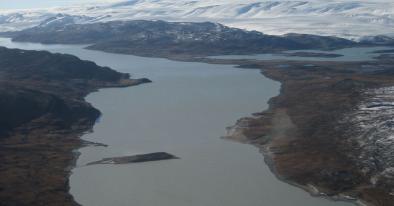Climate change: how the jet stream is changing your weather

At the summit of the Greenland ice cap the temperature rarely rises above zero degrees centigrade — the elevation is 3,200m and the ice below is more than a mile thick.
But last Friday, as the sun beat down, a small weather station laden with sensors captured something highly unusual: the temperature crept past zero and up to 3.6C — the highest since records began three decades ago. As temperatures rose across the massive ice sheet, which blankets an area five times the size of Germany, around 60 per cent of the surface started to melt, one of the largest ever recorded.
Scientists know of only three prior occasions in the past 800 years when there has been melting at the very top of the ice cap, which is kept chilled by the large volume of ice beneath. But this seems to be getting more frequent — it is now the second time this decade it has happened.
“The last time we saw melting at the summit, in 2012, we thought it was the extreme of the extremes, and wouldn’t happen again so quickly,” says Konrad Steffen, a professor of climate and cryosphere at ETH Zurich, who operates a network of 18 monitoring stations across the ice sheet. “But now we are facing more of these extremes.”
Related Content



